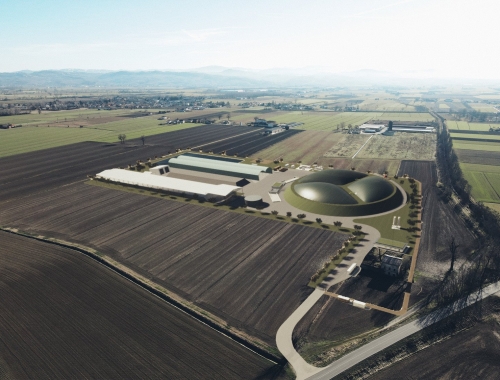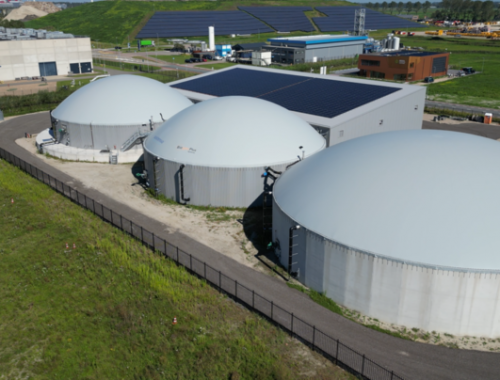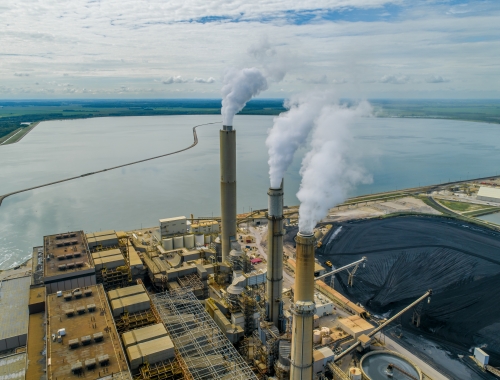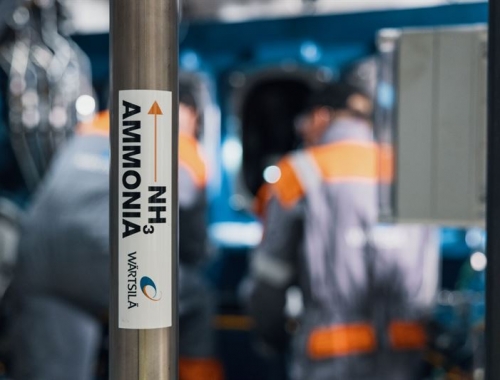Bio-LNG among most viable options to clean up shipping: MESD
SUMMARY
Sufficient carbon pricing needs to be put in place.
By Shardul SharmaPOSTED IN:
Bio-LNG is among the most viable options to decarbonise shipping if sufficient carbon pricing is put in place, said Bruno Piga, research consultant, Maritime Energy and Sustainable Development (MESD) Centre of Excellence at Nanyang Technological University, Singapore, during a webinar on October 5.
He said that bio-LNG enjoys some advantages such as low onboard emissions, low life-cycle greenhouse gas emissions, the possibility of blending with conventional LNG to meet IMO targets, mature and well-understood onboard conversion technology, and well-developed infrastructure for bunkering.
“A rapidly growing fleet of LNG vessels is already running on fossil LNG, representing an existing asset base for the adoption of bio-LNG as a drop-in fuel,” Piga said.
Piga was speaking on the occasion of the launch of a study on the role of bio-LNG in shipping's decarbonisation transition. Experts from the MESD Centre of Excellence at Nanyang Technological University shared the results and details of their latest independent study, commissioned by SEA-LNG.
Bio-LNG could cover significant portion of global shipping energy demand
Piga said that Bio-LNG could cover a significant portion of global shipping energy demand and help reduce greenhouse gas emissions.
“Bio-LNG can provide up to 80% greenhouse gas emissions reductions compared to marine diesel if methane leakage in the production process and onboard methane slip are minimised,” he said.
The findings suggest that pure bio-LNG could cover up to 3% of the total energy demand for shipping fuels in 2030 and 13% in 2050. If it is considered as a drop-in fuel blended with conventional LNG, bio-LNG could cover up to 16% and 63% of the total energy demand in 2030 and 2050, respectively, assuming a 20% blending ratio.
By 2050, however, low blending concentration will likely not be enough to meet IMO targets, Piga said. In the long term, ship owners who have invested in the LNG pathway will need to shift to renewable synthetic LNG (e-LNG).
As e-LNG appears to have a similar cost and emissions performance to other electrofuels, it could gradually replace bio-LNG in the long term as demand for alternative low-carbon fuels grows and the price of hydrogen decreases, Piga said.
Adoption of bio-LNG linked to use of biomethane in other sectors
The report suggests that the uptake of bio-LNG in shipping will be linked to the widespread use of biomethane across other sectors.
Piga said that the large-scale development and usage of biomethane and bio-LNG for the shipping industry and other sectors will require national and international standards for biomethane injection into gas grids and a certificate of origin scheme to facilitate efficient trading of biomethane in its gaseous and liquefied forms and to minimise transportation costs.
Supply chain
The production of biomethane at present is decentralised, Piga said, and it needs to be brought to the ships for bunkering.
“We found that using a dedicated biomethane supply chain to bring it to the ships will increase the costs. The best way is to use the existing infrastructure. For example, injecting biomethane into the gas grid and transporting it to central liquefaction hubs, and from there to the bunkering station. Even more economical way is to use the certificate of origin scheme,” Piga said.
He said that blending rates of bio-LNG in fossil LNG can be increased gradually as biomethane output increases.








